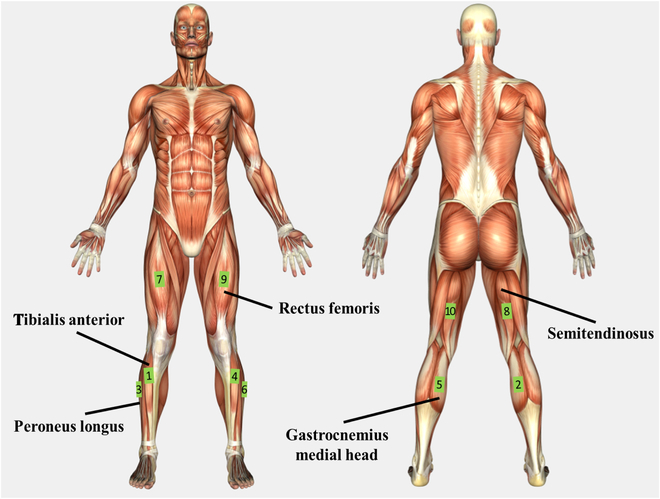Researchers have developed a compact, wearable ultrasound device that monitors muscle activity. Attachable to the skin with an adhesive and powered by a small battery, the device wirelessly captures high-resolution images of muscle movements, enabling continuous, long-term monitoring. When worn on the rib cage, it effectively monitored diaphragm function for respiratory health assessments. When worn on the forearm, it accurately captured hand gestures, allowing users to control a robotic arm and even navigate virtual games. This new technology has potential applications in healthcare for conditions affecting muscle function, as well as in human-machine interfaces for more natural robotic control.
Tag: Electromyography

UAH researchers design revolutionary low-cost wearable biosensor to enhance athletic performance and physical health
Researchers at The University of Alabama in Huntsville (UAH) have designed a wearable biosensor that offers a new way to measure human muscle activation to potentially prevent injuries and enhance athletic performance.

Ground reaction force and moment estimation through EMG sensing using long short-term memory network during posture coordination
Imagine by only attaching a number of electromyography (EMG) sensors to your legs, your motion in the future several seconds can be predicted. Such a way of predicting motion via muscle states is an alternative to the mainstream visual cue-based motion prediction, which heavily relies on multi-view cameras to construct time-series posture. However, there is still a gap between muscle states and future movements.